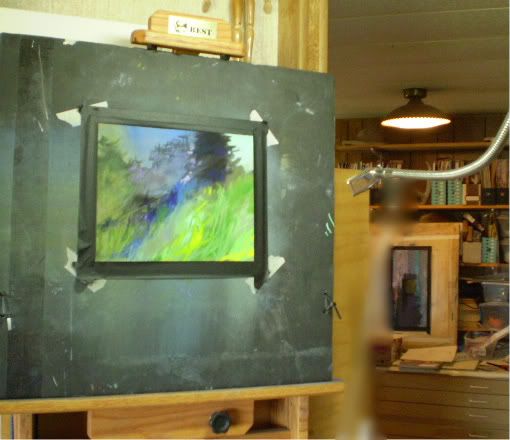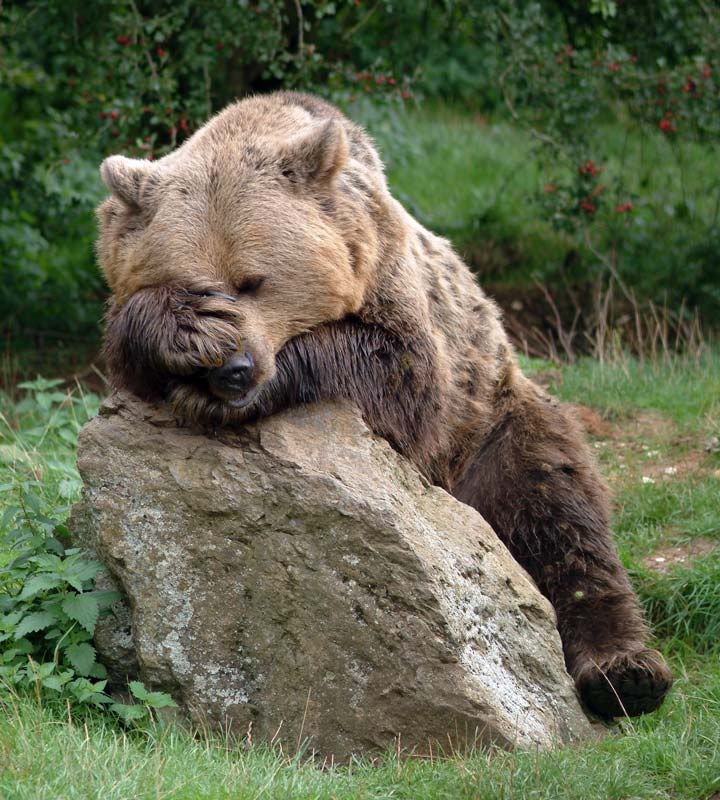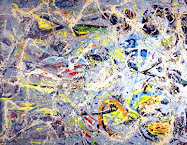Pause
Sometimes a guy needs to pause and reflect. "...a guy." That's a phrase my late dad used to say. His youngest brother recently passed away, and I said words and a prayer at his memorial on Saturday. Uncle Don was 82, and is survived by only one sister, my Aunt Anita. Don was preceded in death by his siblings. All eleven of them. The story of my grandparents, their thirteen children and their pioneering life is a unique American one. Uncle Don's is unique, too.
Grandpa Max and Grandma Anna homesteaded in the land that time forgot, the Olympic Peninsula. Think Twilight, only without the amenities. By no amenities, I mean no electricity. Did I mention no road, either? Max hiked the Olympic beach to get to work during the Great Depression, which was a hundred miles plus a little. The Indians rafted him across the rivers he couldn't ford. He worked in the logging and port towns of Hoquiam and Aberdeen.
Max and Anna had 13 children, and the seven brothers all went off to war. My father, Kenneth K. Klahn, saw heavy combat in Italy. The youngest boy, Don, wanted badly to get in the army and fight the Second World War with his six brothers, but the Sole Survivor Policy prevented that. So, he got drafted and fought the Korean War instead. How is that for irony? I can't say if my seven serving uncles and father is an unprecedented thing, but it is noteworthy. Where will we get men like that now?
Link
My Grandfather, Max Klahn, is the young boy pictured @ the top right. Next to him at his left are Henry, my Great Grandfather and Charlotte, my Great Grandmother. Location: Quillayute Prairie, WA. Date: 1895. This place is about the rainiest spot in the US.
This weekend, in my home town of Hoquiam , I wanted to continue my series of paintings about the river complex. Of course, it rained and so I sat in the truck and drew the mist on trees. I made further arrangements for a show of these works and checked out the venues from the curb. It will be a special event, I am sure. The tentative date is a year from September.
My Hoquiam High School class of 1976 have found each other on Facebook, and 25 of us and some family and friends got re-acquainted in Olympia Saturday evening. One thing we enjoyed so much in the seventies was dancing to loud rock and roll. How sore can a guy be after dancing and making merry like we did that night? Ouch. I haven't had that much fun in a long time. Every face I saw recalled for me endless good times and fun that we had in our school days.
I was to get together with another high school and college friend on Sunday. We made the arrangements to meet because his wife was undergoing cancer treatments and he wouldn't be able to come out. When I called that morning he informed me that his wife had passed away Friday night in the hospital in Seattle.
Can a guy have a fuller heart than I have right now? I doubt it. I am back home with my family, today. I showed Lorie some photos that my aunt gave me when I visited with her. Aunt Geri and I sat at the dining table, in front of the big corner windows that Uncle Don looked out of for so many years in Hoquiam. Looking out at the rain, of course. The week he died, he "saw" my late father as clear as day, she said. He remarked, "here comes Kenny. He's coming for me now."
Rest in peace, Melanie, Don, Dad and the Klahn siblings. I love you.
Top Photo: Lorie Klahn































































